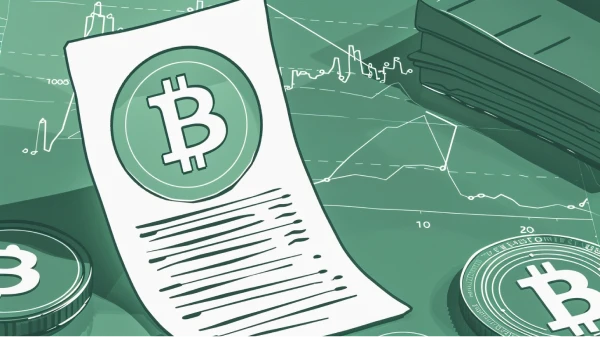How Is Trading Executed?
Financial trading is performed on financial markets that match buyers and sellers of an asset pair. Generally, an asset trading pair includes a local fiat currency, such as the U.S. dollar. When multiple parties have orders that can be executed based on their order criteria, the order is executed and they trade assets. However, the necessary criteria for an order to execute depends on how the traders structure their orders. There are countless trading strategies and many different order types used to facilitate these strategies.
Market Orders
The most common type of order for retail investors is a market order. A market order will execute right away, at the best available price. This is commonly an order to sell an asset for dollars or buy an asset with dollars. Markets orders only need to specify the asset pair, direction of their trade, and the quantity.
Market orders are matched with existing pending orders on a market’s order book in order to execute a trade. These existing orders are limit orders, which were submitted prior to the market orders.
Limit Orders
Limit orders are similar to market orders, except they do not necessarily execute instantly. Limit orders specify the worst price they are willing to accept, meaning the highest price to buy at or the lowest price to sell at. If this price or better can be achieved then the order will execute, otherwise it will wait until that price is available. There is no guarantee that a limit order will ever execute. For this reason, limit orders may also have an expiration date.
➤ Learn more about order books.
Sophisticated Order Strategies
There are endless strategies that utilize market and limit orders, or a combination of the two, to achieve a trading goal. Most of these strategies will rely on algorithms to execute the orders because the strategy requires precise timing and often requires dozens of orders or more. However, many trading platforms will offer these strategies directly to traders and handle the logistics internally.
Time-Weighted Average Price (TWAP)
A time-weighted average price (TWAP) strategy will utilize market orders over several time intervals to smooth out prices and minimize market impact that could occur with a larger order. Whenever possible, more sophisticated TWAP strategies will utilize limit orders to take advantage of superior maker fees, relying on market orders only if the algorithm falls behind schedule.
Stop-Loss Orders
A stop-loss order will exit a position for a trader, generally via market order, if the price movement results in sufficient losses for a trader. This is done to limit the potential risk associated with a position. This is effectively the opposite of a limit order, because the trade occurs only if the price becomes sufficiently unfavorable for the trader.
Pegged-to-Market Orders
Another strategy is a pegged-to-market order. This strategy aims to combine the fee structure of limit orders with the speed of market orders. Pegged orders are limit orders that have their limit price modified based on a market reference, such as the best bid or ask in the market.
Other Investment Vehicles
In addition to trading an asset directly, investors can get price exposure through other vehicles, such as derivatives. These products will change in value based on the value of the underlying asset. The assets are usually purchased by investors looking to leverage or hedge their position.
Options Trading
Options give investors the right, but not the obligation, to buy or sell an asset at a predetermined price and time. If the asset price moves in the desired direction, then the trader can execute this option for a profit. If not, the trader simply lets the option expire worthless.
Contracts can also be created that obligate two parties to conduct a certain transaction at a certain time. This can be useful for traders looking to guarantee delivery of a certain quantity of an asset, regardless of the market price at that time.
➤ Learn more about why Bitcoin has value.
Key Takeaways
- Market orders are a commonly used order execution strategy that allows for instant execution.
- Sophisticated algorithms combine market and limit orders to create unique trading profiles
- Financial products can allow investors to achieve price exposure to an asset without ever owning it directly.

